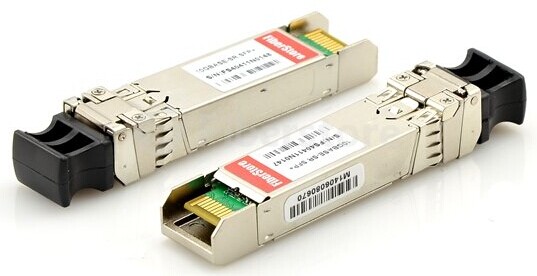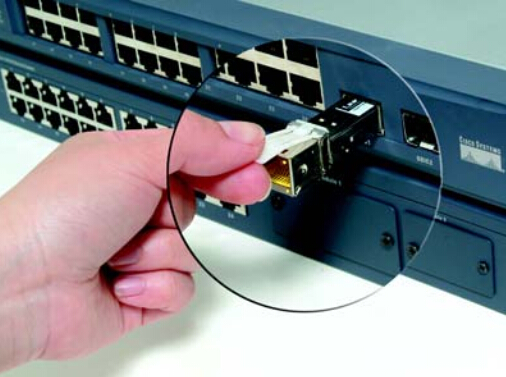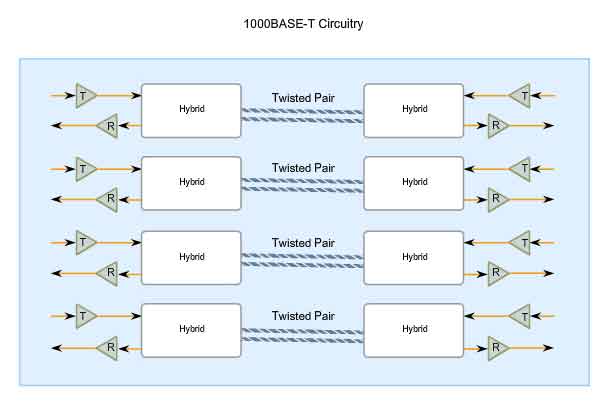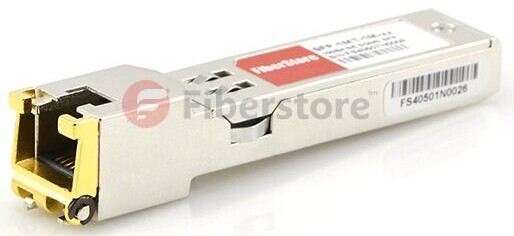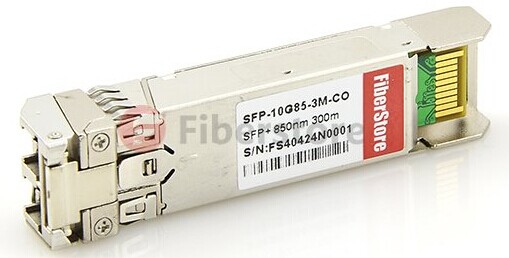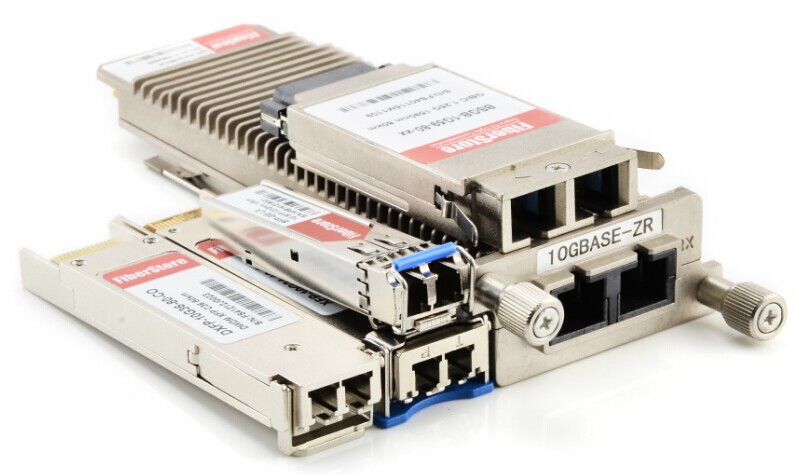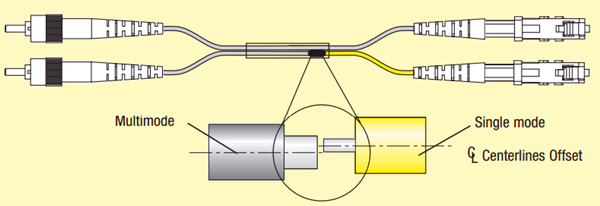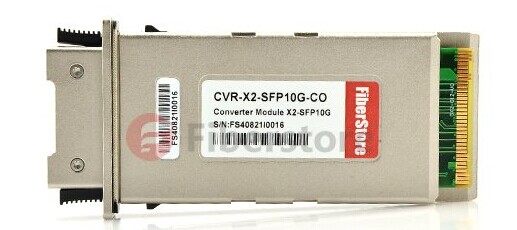Choosing the best type of SFP+ transceivers and cables is not always easy. You can approach the selection process by reviewing the device as a single entity or you can explore the fiber cable separately. In order to select SFP+ modules and cables effectively, it is important to know the standards set forth by the IEEE 802.3 committee. According to the IEEE 802.3 standard, the 10 Gigabit Ethernet has been ratified and is compatible with MMF and SMF transceivers. which means that the signals can maintain their signal integrity when transmitting long distances. This article will give some tips that help you make a good selection for your SFP+ modules and cables.
Ensure They are Interchangeable or Hot-Swappable
Never underestimate the power of SFP+ modules that are hot-swappable or interchangeable. They can reduce expenditures for companies, especially when devices fail prematurely because they do not have to completely shut down the system to replace the device. This is why it is so important to find SFP+ modules that are hot-swappable in order to avoid complete redesigns and the exorbitant costs associated with the practice. When the SFP+ modules have more flexibility and functionality, it can save more money and time.
Select SFP+ Modules and Cables to Optimize Your Design
SFP+ modules and cables can be used to optimize your design. Some of the best transceivers designers often choose are Cisco SFP-10G-SR compatible 10GBASE-SR SFP+ transceivers provided by Fiberstore. This type of SFP+ module is for duplex optical data communications in 10Gbit/s data transmission applications at 850 nm .Besides, there are several high density modules that are combined with high density modules to deliver exceptional performance. Many people are unaware of the functionality of these modules, but when they are incorporated, they seem to perform well.

Verify Device Compatibility and Compliance
Compatibility and compliance are two of the primary issues that need to be resolved in order to achieve an optimal design. To have optimal operability, designs must be able to interact and be compatible with other protocols such as Ethernet, SONET/SDH/OTN, fiber channel, and PON standards.
Know the Types of SFP+ Cables and Adapters Available for Use
There are all types of SFP+ cables available for use including the SFP+ direct attach cables, SFP active copper cables, and SFP+ Loopback Adapter Modules. When you know which is the best, you’ll choose the best cable and adapter for your design. Both passive and active SFP+ devices are available in addition to other various devices. These devices can add significant functionality to a design if they are incorporated according to the specifications and designs. Ask an expert and select the device that is best for your particular design.
Select the Device That Delivers Optimal Speeds
Efficient and fast devices are recommended for the best results. If you want to achieve optimal results, you should consider selecting the best device for the optimal speeds. There are different types of devices that support various transmission speeds, helping you achieve your desired efficiency levels.
SFP+ optical transceivers are growing in popularity because they are affordable and also efficient. They complement any design as long as the appropriate type is selected. Otherwise, signals will degrade over long distances if an inappropriate SFP+ module is chosen. Where to buy reliable and high quality SFP+ transceivers? As the main manufacturer and supplier in China, Fiberstore provides a complete range of SFP+ transceiver modules which can be customized. In addition, we also provide compatible SFP+ transceivers as alternatives to those branded by Cisco (such as CVR-X2-SFP10G), HP, Juniper Networks etc.
